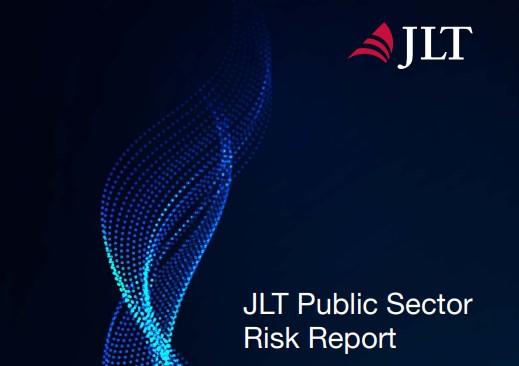
The 2022/23 JLT Public Sector Risk Report is out and highlights key risks that are a major cause of concern for local governments. Nationally, the top 5 risks include financial sustainability, cybersecurity, asset & infrastructure, business continuity and disaster/catastrophic events.
Through 2019 to 2021, Australia experienced disruption and impacts from bushfires, cyclones and the pandemic. During 2022 the impact of La Nina brought new challenges for local governments, with flood events impacting across four different states. These disasters demonstrated how risks, such as financial sustainability, assets & infrastructure, and business continuity are interconnected.
However, in Western Australia, the picture was a bit different. WA was the only state to see human resources in the top three risks, echoing the unique challenges in our state and the reduced impact of recent natural disasters in comparison to the east coast.
In its fifth year, this research also showed increasing risk maturity across the local government sector with a deeper understanding of the interconnectivity of risk.
197 local government CEOs and general managers contributed to the JLT Public Sector Risk Survey (the report is based on this survey), providing their perspective on the greatest risks for the sector at this time.
Top 10 risks identified by local governments across Australia
- Financial sustainability –The perennial 'number one risk' for the sector. Financial constraints to invest in the future and manage community expectations has been a common theme.
- Cyber security – With two major attacks on organisations gaining personal client data, the focus is now on how to protect constituent data.
- Assets and infrastructure – With several major disasters and catastrophic events in 2022, the impact on aged infrastructure is a serious concern.
- Business continuity – The events of the past three years have impacted business continuity. Well-crafted and implemented business continuity plans can help members efficiently restore normal service.
- Disaster and catastrophe – Continuing floods in some regions have showcased disasters and catastrophes never seen in Australia. Communities have not been able to recover before a major event has occurred again.
- Climate change – Climate change is affecting local governments specifically through disaster and catastrophe. The unpredictability makes it difficult to develop and implement new policies and programs.
- Statutory and regulatory requirements – The continued shifting of responsibility to local government along with new regulations, does not incorporate resources to equip councils to maintain requirements.
- HR management – Attracting and retaining professional staff due to not having the financial capacity to meet the market.
- Waste management – The ability to manage waste and meet community expectations surrounding managing waste environmentally are a concern for local governments.
- Ineffective governance – The largest issue local government executives identified this year relating to ineffective governance is the inadequacy of financial controls.
The interconnectivity for these risks continued to be acknowledged in this year's report, with the top six contributing to the overall key risk - financial sustainability.
The 2022 Risk Survey had 197 respondents, of which 19% participation was from Western Australia. The top five risks for WA include:
- Financial sustainability
- Cyber security
- Human resources
- Asset and infrastructure
- Business continuity
It is important to note here that human resources ranked eight on the list of top 10 risks nationally but for WA it made to the third spot. The Australian Local Government Association (ALGA) reported in September 2022 that around nine in 10 Australian local governments are now experiencing skill shortages – an increase of 30% in four years and two thirds of councils have had local projects impacted or delayed as a result. This will be a major issue to keep a watch on in the near future.
The annual contribution by CEOs and GMs in responding to the Risk Survey enables JLT Public Sector to deliver powerful information and data that gives the Risk Report integrity and continue to provide valuable insight into the thoughts and views of the sector's leaders as strategic and financial considerations continue to mould the key risk framework of local government in Australia.
You can read the full report HERE.
For more information on building strategies to mitigate these risks, please get in touch with your account manager.
